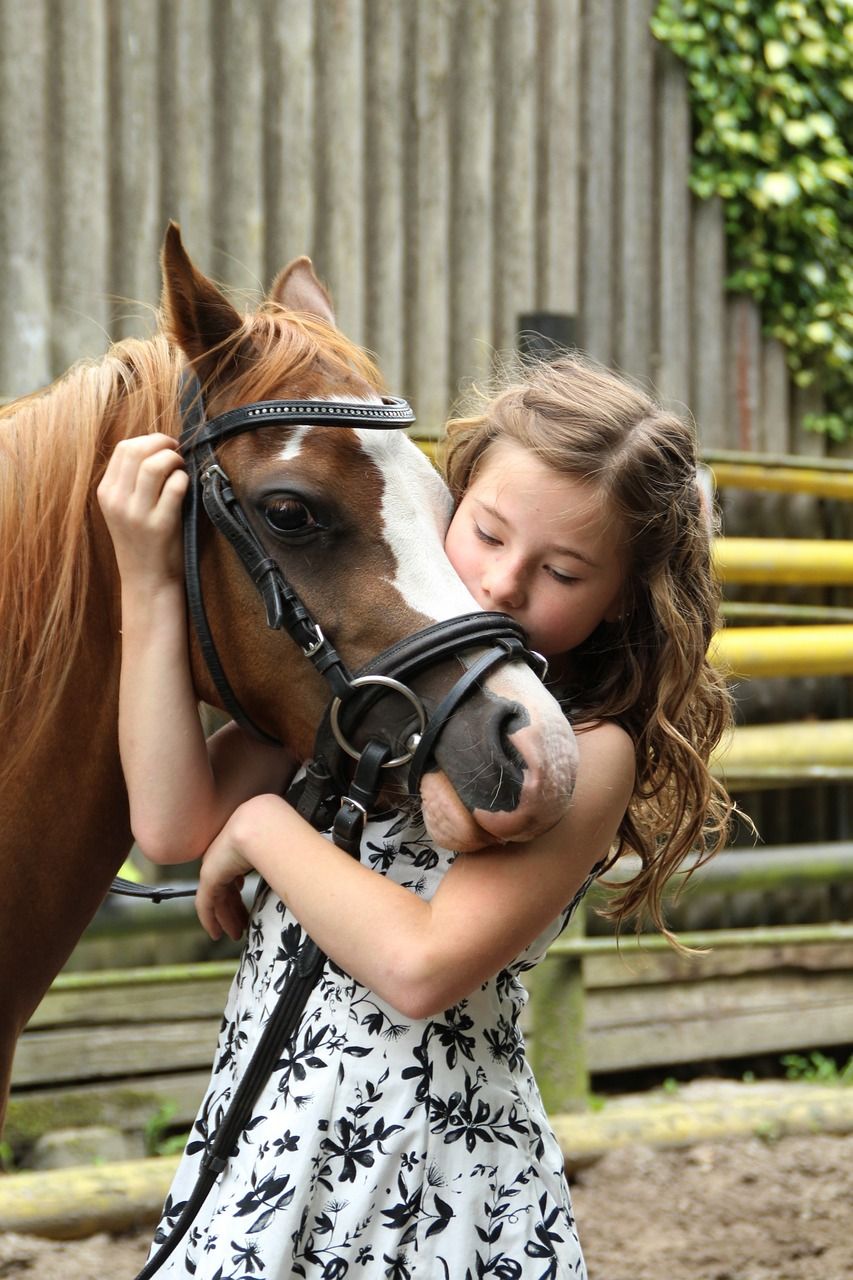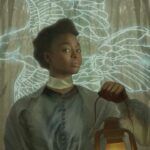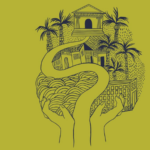
A Girl and Her Horse: Who Gets to Be a “Horse Girl” In Fiction?
Horses have long been a beloved feature of children’s fiction. Black Beauty is a classic that has made generation after generation of readers cry their eyes out over the poor treatment of horses in the Victorian era. National Velvet is an early example of a modern “horse girl” book. Published in the 1930s, it follows a teenage girl competing to win a horse racing competition, a formula that many later books would follow. My Friend Flicka, The Silver Brumby, and The Black Stallion are other classic horse books that are read to this day, and recent tales such as Horse Girl by Carrie Seim, War Horse by Michael Morpurgo, and The Starlight Stables Gang by Esme Higgs and Jo Cotterill show that stories exploring the relationship between humans and horses are always popular. Horse girls — and horse-loving kids of all genders — have always turned to fiction to feed their passion for all things equestrian.
I was a wannabe horse girl when I was little, although I was never very good at it. I loved being around horses, but I was terrible at actually riding them, despite a few years of riding lessons. Nevertheless, horses have been a special interest of mine for a long time. I collected issues of Horse and Pony magazine (a UK publication aimed at tween horse girls, which seems to have been put out to pasture these days) and read every horse-themed book I could get my hands on. My favourites were the Jinny of Finmory Farm books, about a girl who rescues a beautiful but temperamental horse, Shantih, and attempts to nurture and rehabilitate her — although I had many others, including endless collections of short stories about lost ponies. My interest in horses passed when I got into comics and Pokemon and grew up into the massive nerd I am today, but horse stories were a big part of my young life.

The “Typical” Horse Girl
I might not have been the best or most dedicated horse girl, but the image of the “horse girl” in books did largely reflect me. The girls in the horse stories I read were invariably white, middle- or upper-class, cishet, abled girls, usually from close-knit and supportive families. Many of them were a bit richer than me — while my family was able to pay for me to have occasional riding lessons, we were never in the “could afford a horse of our own” bracket — but the world I was reading about was one where I would undoubtedly fit in. Looking back, I realise the level of privilege that gives me; many other readers, equally interested in horses, wouldn’t necessarily have seen themselves in the horse fiction that was around when I was younger.
You could argue that the demographics represented in classic “horse girl” stories are a reflection of reality: equestrian sports are dominated by white, cishet, well-off, abled people. According to a New York Times article, around 92% of the members of the United States Equestrian Federation are white, and the British Equestrian organisation notes that ‘racial diversity is not an area where equestrian sport is strong’. However, people of colour and working-class people have long histories of working with horses, as farmers, travellers, or as part of trading in the days before mass auto transport — so it seems to be a deliberate choice on the part of “horse girl” stories to focus on equestrian competition or horse-owning for leisure, areas where demographics skew rich and white, rather than looking at the broader world of human-horse interactions.
One of the reasons for this choice may be the age group that the stories are aimed at: many “horse girl” books are written for middle grade readers, and a sports-based, “win the competition” story is a mainstay of middle grade fiction. However, “horse girl” books have the potential to include a diverse cast of characters and allow marginalised readers to see themselves as part of the horse world — and some of the modern examples are doing so.

Modern-Day Horse Girls
While “horse girl” books are still largely a white, abled, cishet world, some recent writers have been telling more diverse stories. The Saddlehill Academy book Sweet and Bitter Rivals features a nonbinary character, while the main character of The Starlight Stables Gang comes from a lower-income family, and the book also includes a secondary character who is a wheelchair user. Horse Girls, a collection edited by Halimah Marcus, challenges the stereotypical idea of the “horse girl” and features contributions from real-life “horse girls” of many different cultural backgrounds and other demographics, including Black equestrians and Native American writers exploring the connection between Indigenous nations and horses.
Fiction can have an impact on reality, and it could be argued that the focus on horse girls in fiction has led to women and girls being much more represented in equestrianism than they are in other sports. British Equestrian notes that “Equestrian sport is the only sport where men and women compete on equal terms, with equal prize money and access to all competitions. In terms of participants, equestrian sport is one of the few sports where the majority of participants are female (67% according to the BETA National Equestrian Survey 2019) and 90% of coaches are female (British Equestrian Coaching Survey 2019).” While I’m not arguing that “horse girl” books are the only thing that has influenced this level of gender equity in the sport, it would be fascinating to see if a more diverse range of “horse girl” characters — and also horse boys and horse enbys — in fiction would lead to other marginalised groups gaining greater representation in the equestrian world. “Horse girl” books seem to be heading in a more diverse direction. Let’s hope that they continue and that the real world does, too.
If you know a horse-loving young reader, try 15 of the Best Horse Books for Kids. Want to dig into what makes a great horse story? Read On Loving, Reading and Writing Good Horse Books.










